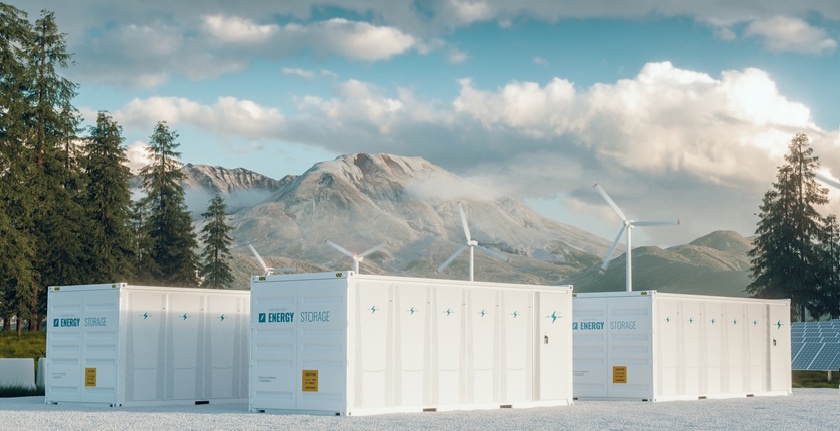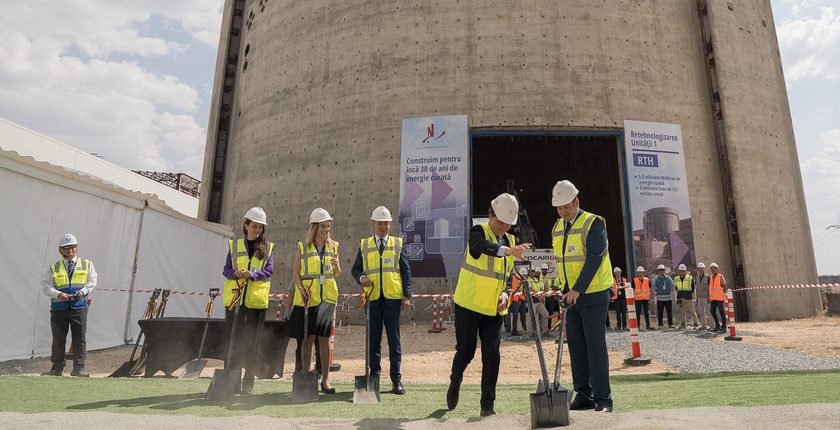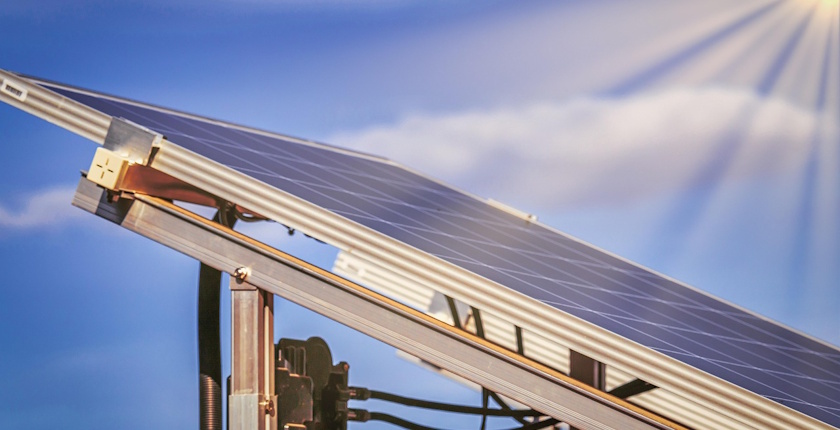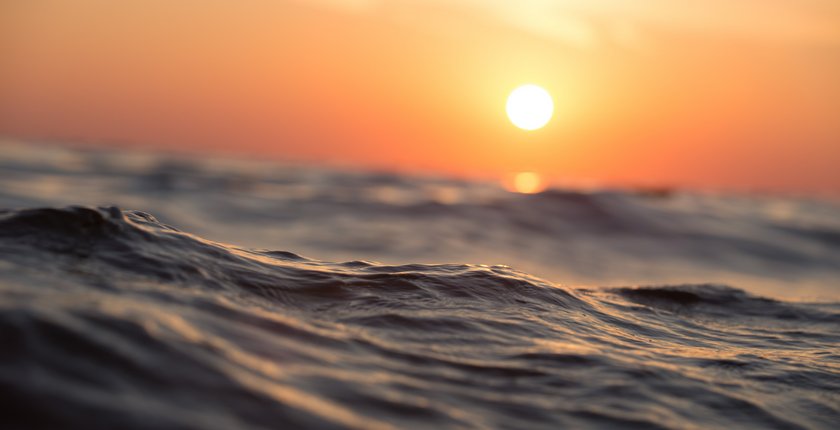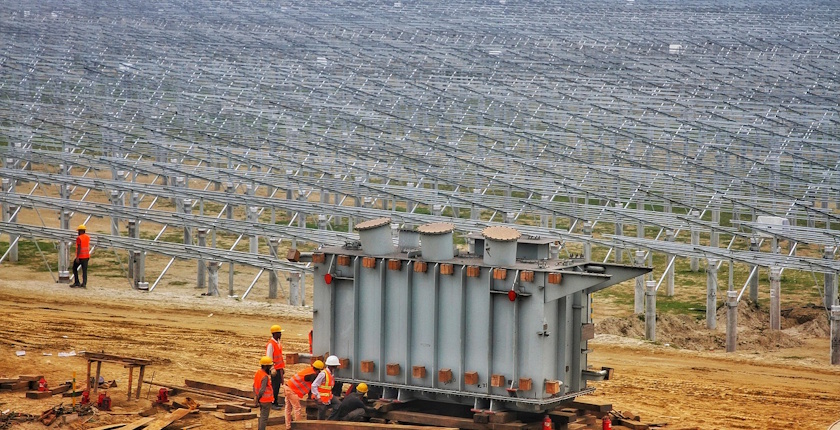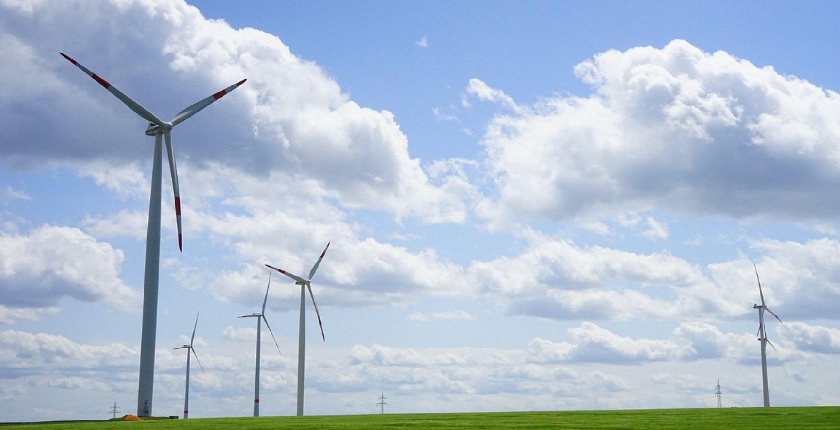
Wind installations in Greece remain low this year as new applications drop
WindEurope expects Greece to add 300 MW of wind capacity in 2025, after installing 152 MW during the first half of the year.
This is an improvement on the mere 108 MW added in 2024, but still far below previous years. For example, in 2023, the country added 544 MW of new wind farms.
According to the European wind industry association’s latest report, Greece is expected to install more wind farms from now on, with 490 MW in 2026 and 350-450 MW each year until 2030.
Cumulative installed capacity currently stands at 5,506 MW
Cumulative installed capacity currently stands at 5,506 MW and is projected to reach 7,480 MW by the end of this decade. This is not enough to meet the National Energy and Climate Plan’s (NECP) goal, which calls for 8,900 MW.
At the same time, WindEurope expects zero offshore installations, as efforts to develop this sector have been delayed despite a national goal of 1.9 GW by the beginning of the next decade.
The report also highlights that applications for new wind farms dropped 65% this year, from 618 MW to just 214 MW.
Support measures still absent
The Greek government has identified wind energy development as a priority from now on. Currently, the energy mix is dominated by photovoltaics, leading to high curtailments and an anomalous production curve.
The idea is to promote wind investments through regulatory changes, such as a higher priority in the connection queue. Furthermore, Greece must fully apply the European directive for a simpler licensing process. The European Commission recently announced that Greece would face referral to the European Court if it delays any further.
Recently, there have been cases of companies leaving the Greek market, which has raised concerns regarding investment profitability.
Therefore, there is much to be done for the sector in the coming months and years to reverse the course and increase installations.

